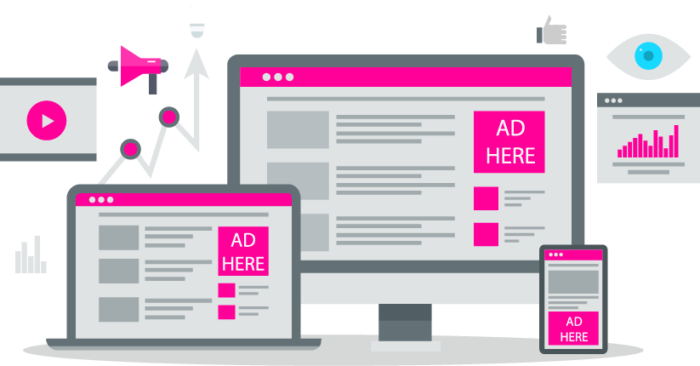Most people will create a website with two main expectations in mind; the first is that it will attract an audience. The second is that somehow, some way, the website will eventually create revenue. For the first notion, many people employ SEO, while for the second, people use ads on their website.
But what relationship do those two have with each other? Do ads affect SEO? Does SEO affect ad revenue? These are fairly basic questions, with increasingly complex answers.
The What and Why of SEO and Ads
SEO stands for ‘Search Engine Optimisation’ and refers to actions performed on or off a webpage to improve its visibility on search engines. Today, search engines (Google, Bing, Yahoo and others) are the chief means via which regular people seek out and discover new information and channels. Improving a website’s SEO improves the placement of that site’s pages when a search is made. The higher a page’s rankings on search engines, the more likely and often it will be found.
Ads are fairly straightforward; they are adverts placed on websites and display goods or services for the viewer to seek out. More often than not, the ads placed on websites belong to unrelated businesses. In turn, the website or publisher receives compensation when the ad is viewed, clicked, or leads to a sale. The amount and form of compensation is agreed upon before the ad is posted on the site. Ads come in the form of images, videos, or audio clips. Each of these are arranged on the website according to the specifications of the advertisers. Ads are commonplace today, but are not always beneficial for the user’s browsing experience.
Relationship between Ads and SEO

Some time ago, Google announced the removal of limitations on Adsense’s previous three ad limits. This meant that anyone interested could litter their websites with as many ads they wanted. Of course, balancing this out was the announcement of the ‘Top Heavy’ algorithm. This algorithm was put in place to regulate the number of ads placed on a page. Now, however, ads on a page are considered based on how much content there is on that particular page. This algorithm negatively impacts the SEO of web pages where ads outnumber or surpass the content.
Another way ads impact SEO based on their number is the loading speed of a page. At the launch of Umbrellar’s Azure Stack, Brendan Wilde, head of Marketing at the company stated that Ads are not always loaded from the same server; “in most cases, each ad requires its own additional time to load. This is noticeable with pages where the ads load after – or before – the page’s content is displayed”, he was quoted as saying. He added that search engines are geared towards providing the end user with the smoothest experience; as such, they will negatively rank pages that load slower (and too many ads will make a page load slower).
There are many forms of ads that are frowned upon by web users. For example, auto-play videos, hidden redirecting links, disappearing ads with sounds, and others of the sort have a largely negative impact on SEO. Search engine algorithms take these into consideration and will mark down any sites found with them, with some sites even being listed as spam. Intrusive ads also fall into this category as well. The new panda algorithm takes a page’s layout into consideration when determining SEO.
On the other side, the only real way SEO impacts ads is through ad revenue. Ads bring revenue when they are seen, clicked, or lead to a purchase. A website’s SEO determines whether people are able to find a page where the ads are located. A good SEO means more visitors to a page and potentially higher ad revenue, while bad SEO means less.
Balancing out these issues
There are a few basic actions to take to balance out ad issues on a website. Each will take a site a step further in ensuring the presence of ads doesn’t have a negative impact on SEO. They include:
1. Regulating Ad to the content ratio: In ensuring users enjoy the best possible experience, search engines consider the content – its originality, relevance to search words or phrases, as well as its quantity in relation to ads. Search engines view pages with little content but plenty of ads negatively; often, these are just blatant attempts to show ads to viewers. To ensure a good SEO, it’s important to include just enough ads, based primarily on the amount of content already on the page.
2. Eliminate Intrusive Ads: Google announced last year that the Chrome web browser will start blocking intrusive ads by itself. This is one clear indication of how negative their views on these sorts of ads are. For the sake of a website’s SEO, it’s best to simply remove any ads that block content, automatically plays, force users to close it, and other such negative practices.
3. Page layout: It is possible to have a page layout that presents content in a user-friendly way for audiences, yet still displays ads appropriately. Taking time to carefully design the page layout for a website is an investment that will pay off in the long run in terms of SEO and viewer loyalty.
4. Optimising Page Load Speed: This is of vital importance to SEO and user experience. Cutting down on ads is a good way to reduce the time it takes for pages to load, but there are other methods as well. For instance, choosing the right web host service is also great way to benefit page load speeds.

